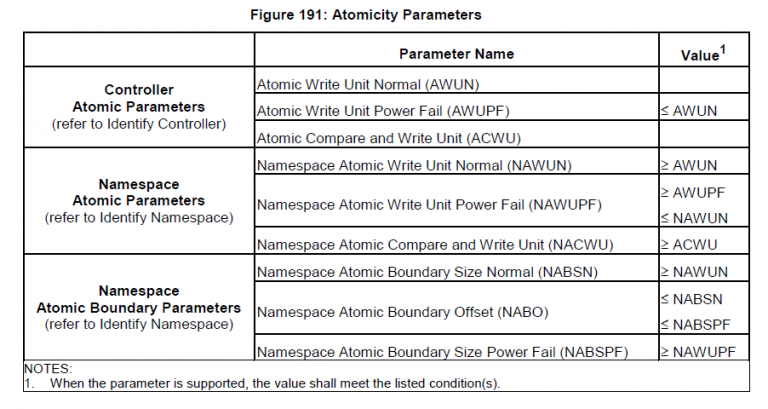
Once downloaded, open the zip file, then open the nvm-setup.exe file. The installer will point you to the releases page for the most recent version.ĭownload the nvm-setup.zip file for the most recent release. We recommend using the installer, but if you have a more advanced understanding of your needs, you may want to consider the manual installation. If two build agents are on the same vm/box, they can compete and cause odd behavior in the builds.įollow the install instructions on the windows-nvm repository.

So nvm is only prescribed for one developer box. If user y runs node or npm, they will be directed to run files under x's user account and in the case of npm -g, they will be modifying x's files, which by default is not allowed. Using nvm in shared scenarios creates a problem because that link points to a user's app data folder - so if user x runs nvm use lts, the link will point node for the entire box to their app data folder. It is not designed for shared developer boxes or build servers with multiple build agents. NVM is designed to be installed per-user, and invoked per-shell. There are alternative version managers to consider as well covered in the next section. Instead, we recommend installing nvm-windows and then using it to install Node.js and Node Package Manager (npm). Node Version Manager, more commonly called nvm, is the most popular way to install multiple versions of Node.js, but is only available for Mac/Linux and not supported on Windows. You will likely need to switch between multiple Node.js versions based on the needs of different projects you're working on.

We recommend using a version manager as versions change very quickly. Install nvm-windows, node.js, and npmīesides choosing whether to install on Windows or WSL, there are additional choices to make when installing Node.js. If you are using Node.js professionally, find performance speed and system call compatibility important, want to run Docker containers that leverage Linux workspaces and avoid having to maintain both Linux and Windows build scripts, or just prefer using a Bash command line, then install Node.js on Windows Subsystem for Linux (more specifically, WSL 2).


 0 kommentar(er)
0 kommentar(er)
